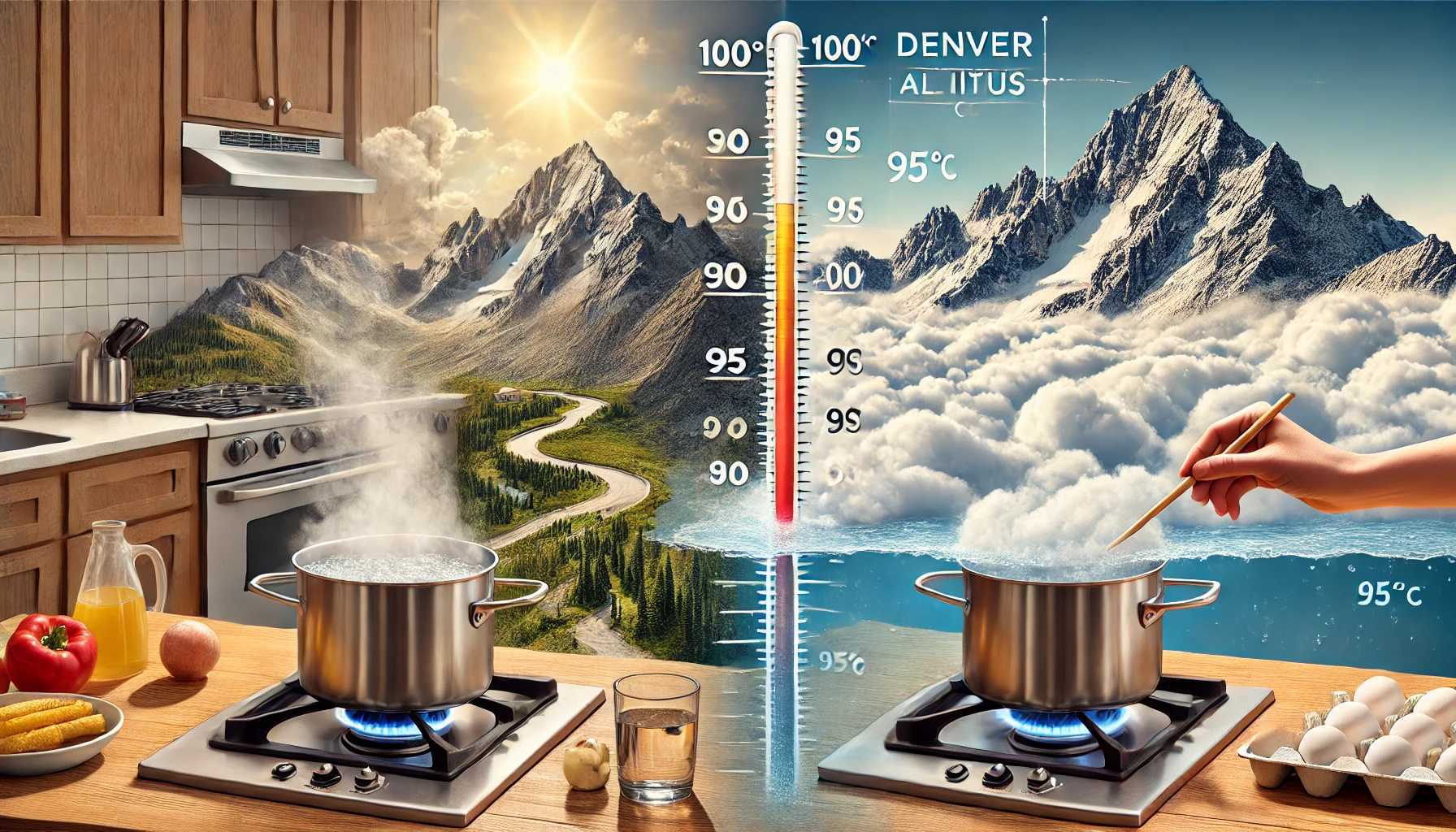Introduction
Boiling water is a common, yet fascinating physical phenomenon involving a phase change from liquid to gas. Understanding the science behind boiling can enhance both academic knowledge and practical application, especially in cooking and climatic observations. This article explores the science behind boiling water, focusing on the process of boiling and how altitude influences the boiling point of water.
What is Boiling?
Boiling occurs when a liquid becomes gas, forming vapor bubbles within the liquid that rise to the surface and release into the air. This process starts when the temperature of the liquid reaches its boiling point, which is the temperature at which the vapor pressure of the liquid equals the atmospheric pressure surrounding the liquid. This illustrates the science behind boiling water and its interaction with the surrounding environment.
Physics of Phase Changes
Phase changes are transformations between states of matter: solid, liquid, and gas. Boiling is a phase transition from the liquid state to the gas state, which involves the absorption of heat without a temperature change. This heat, known as the latent heat of vaporization, is crucial for breaking the intermolecular forces holding the liquid molecules together. This principle is foundational in understanding the science behind boiling water.
Effect of Altitude on Boiling Point
Altitude significantly affects the boiling point of water. At higher altitudes, atmospheric pressure is lower because there is less air pushing down from above. Since the atmospheric pressure is lower, water reaches its boiling point at a lower temperature. For example, at sea level, water boils at 100 degrees Celsius (212 degrees Fahrenheit). However, in a high-altitude location like Denver, Colorado (about 5,280 feet above sea level), the boiling point of water drops to about 95 degrees Celsius (203 degrees Fahrenheit). This variation in boiling points is a direct result of the science behind boiling water.
Practical Implications
Understanding the boiling point changes with altitude is essential for various activities, including cooking and weather forecasting. High-altitude cooking often requires adjustments in time and temperature, as water boils at lower temperatures, decreasing the heat available for cooking. Meteorologists also monitor the boiling point to predict weather changes and study the atmosphere. The science behind boiling water thus has significant practical implications in daily life and professional fields.
Conclusion
The boiling of water is a complex interplay of physical principles and environmental conditions. By comprehending the science behind boiling water, individuals can better understand and adapt to the effects of altitude on cooking and climate, making everyday activities and scientific endeavors more effective.

